Education
Learning & technology hubs (or Educational Centres of Excellence) are a cornerstone of FONA’s overall strategy, education being a key instrument of development. The community hub model we have developed for learning and development focuses on applied learning in agriculture, technology and innovation.
Image courtesy of ©incluDesign 2016
Purpose
Our strategic objectives in developing these hubs are to:
- Build an inspiring education and community infrastructure as a central hub for rural villages to be thriving communities
- Provide children and adults with high quality, relevant education to enable them to develop their individual potential to contribute to/become leaders of society.
- Create optimum learning spaces and implement best practice learning and teaching methodologies
- Deliver technological connectivity to further boost education and commerce and drive participation in an increasingly global economy
- Enable villagers to shift from subsistence to independence through starting new businesses, growing new industries, skills training, mentoring and access to markets
- Deliver a sustainable funding model for the program to ensure long term viability
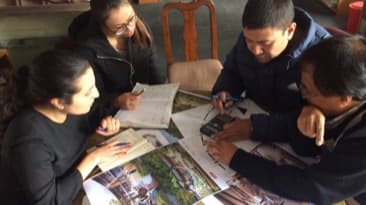
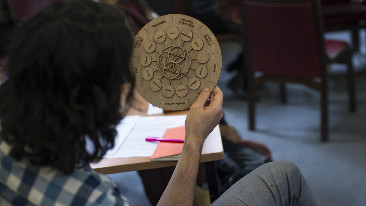
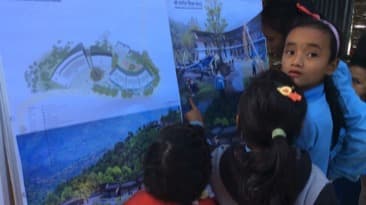
THE DESIGN PROCESS
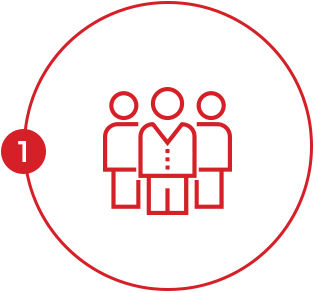
CONSULTATIVE
DESIGN
Projects begin with a community consultation to identify needs, challenges and opportunities. This followed by a workshop or ‘think tank’ including all stakeholders - academic & other experts, corporate partners, local and government representatives - to forge a holistic framework and protocol that will deliver against immediate and long term objectives.
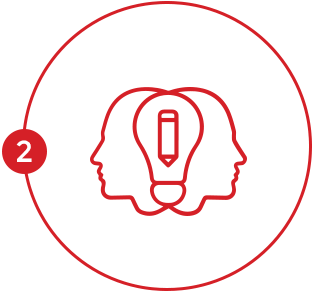
RESEARCH PARTNERSHIPS
FONA consults with and brings together experts from the fields of regenerative design and education to ensure the infrastructure and educational program is not only based on best practice but designed for future adaptability. Partners to date have included leading academics from the University of Melbourne as well as Thrive Research Hub and incluDesign.
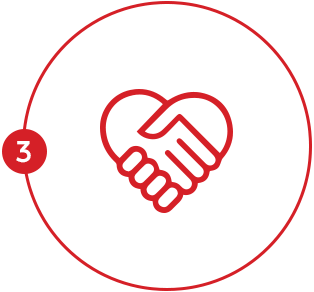
LOCAL
COLLABORATION
Each project is built on a strong foundation of community participation in the design, construction and operational phases. Community aspirations are built into the design, and responsibility for development and sustainability resides primarily within that community. Projects use materials, systems and design processes that require local management.
BENEFITS
1. CAPACITY BUILDING
The projects build new skills and capabilities within the local communities not only through the education ultimately provided, but through the development of the centre itself. As one of our expert consultants , Dr Dominque Hes from the Thrive Research Hub, describes in her book ‘Designing for Hope’, there is inherent psycho-social value in communities developing their own solutions that they then witness succeeding - it creates a confidence that can generate further locally-driven initiatives and successes.
2. REGENERATIVE DEVELOPMENT
The entire model for learning and technology hubs is not about basic facility but self-sustaining infrastructure that can inspire and drive ongoing improvements within the community, in the form of:
- improved workforce participation
- increased diversification of local business
- better agricultural techniques driving increased yields and local trade
- new income streams from better online access, general education and technological training
- stronger local leadership assisting with all of the above and potentially driving further government or other external investment
- better prospects for young people within the local economy
3. ITERATIVE IMPROVEMENT
Each initiative is a research project in its own right, which both attracts academic support into projects (increasing their chances of success) and builds a body of data and evidence-based research and expertise from which current and future projects and partners can benefit.
OUTCOMES
- SCALABLE MODEL
The process can be rolled out across multiple communities. The model provides a self-improving blueprint that can be applied in different contexts and countries.
- INCREASED COMPETITIVENESS
The best-practice education model, with its focus on applied and interactive learning, will provide students with the skills not only in their immediate village but beyond, making them competitive with their international peers.
- DIMINUTION OF MIGRATION
Increased local opportunities typically reduce the ‘brain drain’ or migration of younger people away from communities, and instead builds the potential at home.
- MEANINGFUL INDIVIDUAL CHOICE
By the same token, those that do decide to move away or abroad, will be better skilled and qualified to ensure they are able to do skilled work under better work conditions in their new environment.
- IMPROVED POLICY MAKING
Involvement of the government as partners in the consultative design makes them beneficiaries of the research from each project, which will allow them to then apply successful aspects of the model at a national level, gain better value for money in investments in infrastructure, and boosting educational outcomes and the economy overall.
Image courtesy of ©incluDesign 2016
OUR FLAGSHIP EDUCATION CENTRE
The first Education Centre of Excellence is well into the planning phase and will be constructed in the Purano Jhangajholi village in Nepal. This area was severely affected by the 2015 earthquake disaster and the extensive damage to schools, infrastructure and livelihoods continues to impact Nepali people in the area.
The Purano Jhangajholi Education Centre of Excellence will serve as a prototype for educational and community infrastructure in Nepal, and we are already working with the Education Ministry of Nepal and international development banks to influence adoption of this model across Nepal.
We look forward to rolling out the model in many more communities in future, in Nepal and beyond. Please contact us if you are interested in working with FONA to bring this model to your community [email protected].